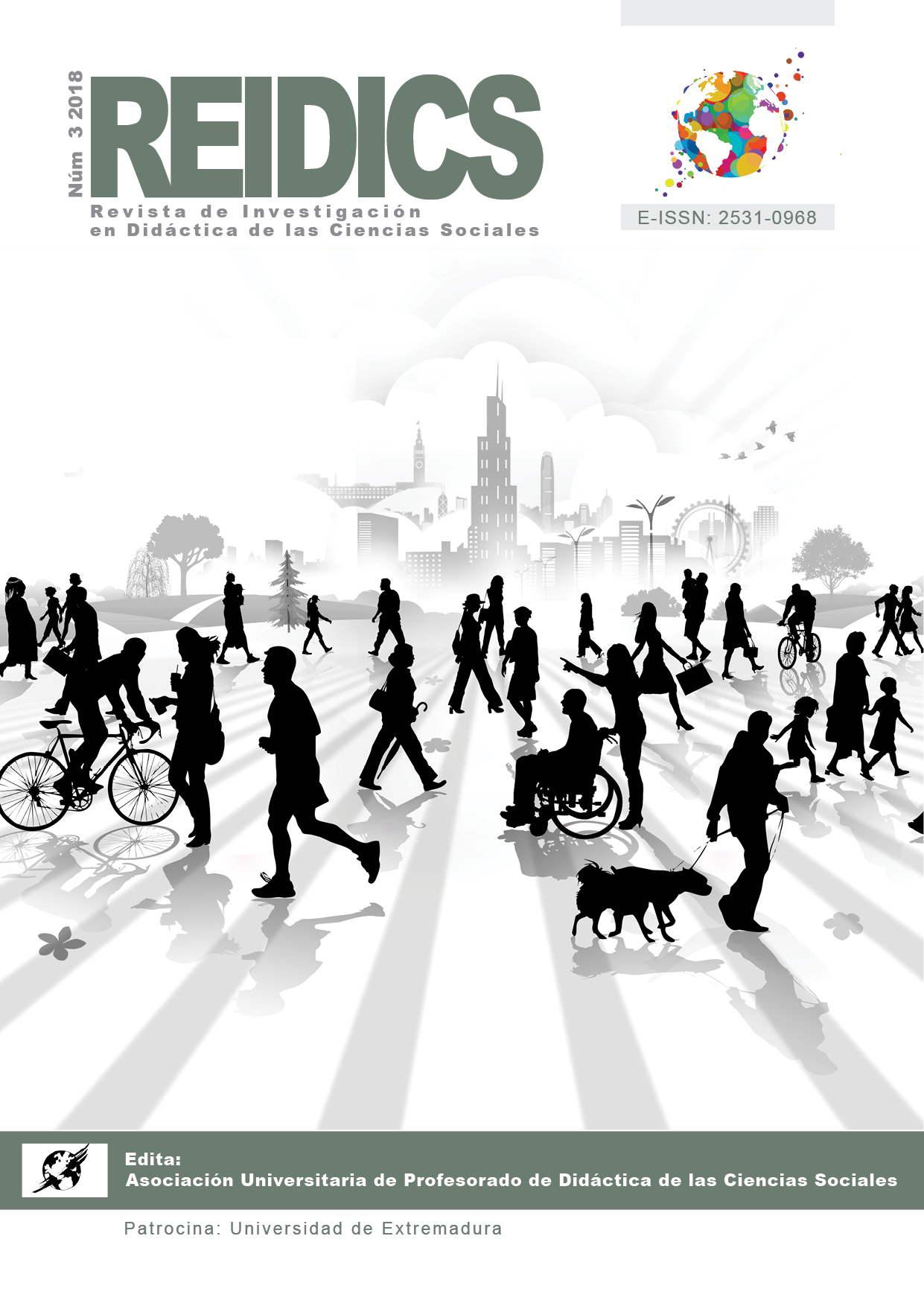The forgotten rural geography in the curriculum and textbooks of secondary education
DOI:
https://doi.org/10.17398/2531-0968.03.4Keywords:
Rural geography; curriculum; textbooks; secondary school; rural areas; new technologies.Abstract
The presence of rural geography in the curriculum and textbooks of Compulsory Secondary Education and Baccalaureate is scarce and references to rural areas imply an association with the primary sector in general and with agriculture in particular. The contents gathered in the curriculum for the different courses of secondary education include the study of the Spanish population, its distribution and dynamics, the migratory movements, and the process of urbanization. No reference is found to the aging and economic decline of many Spanish rural areas in the last decades of the twentieth century due intense migration towards cities. Nevertheless, contents do emphasize a complex issue: the elements of differentiation between urban and rural areas in Europe. Textbooks follow the guidelines set in the curriculum, thus ignoring anything related to the rural dynamics and transformations of the last decades. The intense process of urbanization that has taken place at the regional, national and European levels cannot be explained without taking into account the changes that have taken place in these areas. The study of rural areas should not to go unnoticed in secondary school, especially its new dynamics resulting from the dissemination of information and communication technologies.
Downloads
Published
Issue
Section
License
Aquellos autores/as que tengan publicaciones con esta revista, aceptan los términos siguientes:
- Los autores/as conservarán sus derechos de autoría y garantizarán a la revista el derecho de primera publicación de su obra, el cual estará simultáneamente sujeto a la Licencia de reconocimiento de Creative Commons 4.0 BY-NC-SA que permite a terceros compartir la obra siempre que se indique su autor y su primera publicación en esta revista.
- Los autores/as podrán adoptar otros acuerdos de licencia no exclusiva de distribución de la versión de la obra publicada (p. ej.: depositarla en un archivo telemático institucional o publicarla en un volumen monográfico) siempre que se indique la publicación inicial en esta revista.
- Se permite y recomienda a los autores/as difundir su obra a través de Internet (p. ej.: en archivos telemáticos institucionales o en su página web) antes y durante el proceso de envío, lo cual puede producir intercambios interesantes y aumentar las citas de la obra publicada. (Véase El efecto del acceso abierto).
- Los autores y autoras han respetado la política de autoría de esta revista.







